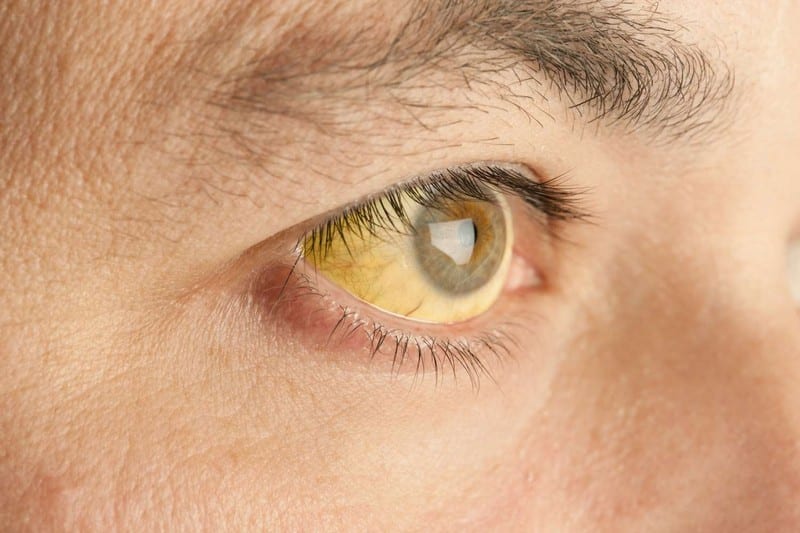Jaundice

Jaundice is characterized by the yellowing of the mucous membranes, skin, and eyes. The normal bilirubin concentration is less than one milligram per deciliter (mg/dL). When these levels reach about 3 mg/dl, a person is diagnosed with jaundice.
Each day, a small number of red blood cells die and are replaced by new ones. The yellow hue results from bilirubin, a byproduct of dying red blood cells. The liver aids in the breakdown of bilirubin so that it can be eliminated through the feces.
However, bilirubin concentrations rise in hepatomegaly patients as red blood cells degrade spontaneously. Since the liver cannot adequately handle bilirubin, it can accumulate in the body and causes the skin and eyes to appear yellow.
The color might also change from yellow to green as the symptoms progress. Jaundice is more severe when the skin and the whites of the eyes and the lips are yellow, when the urine is dark or brown, and when feces are pale or clay-colored.
However, if just the skin becomes yellow, this might result from taking an excessive amount of beta-carotene, the orange pigment, in carrots.If jaundice is accompanied by increasing abdominal size, nausea, and fever, it might indicate hepatomegaly.










